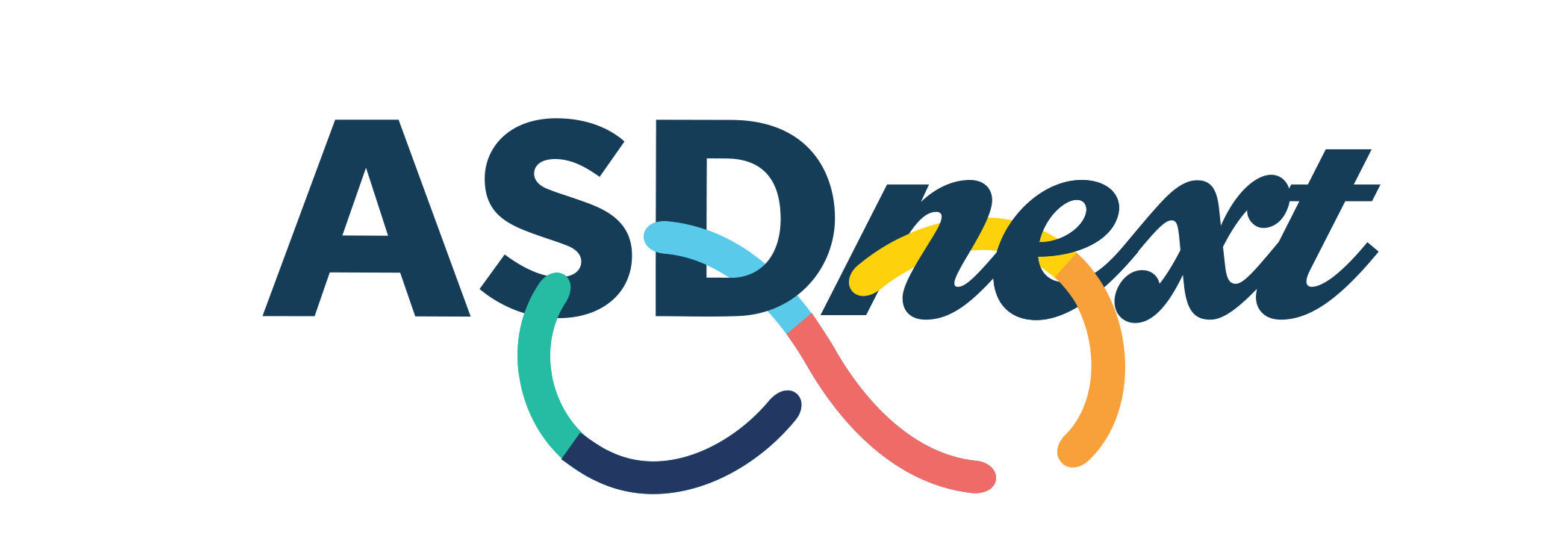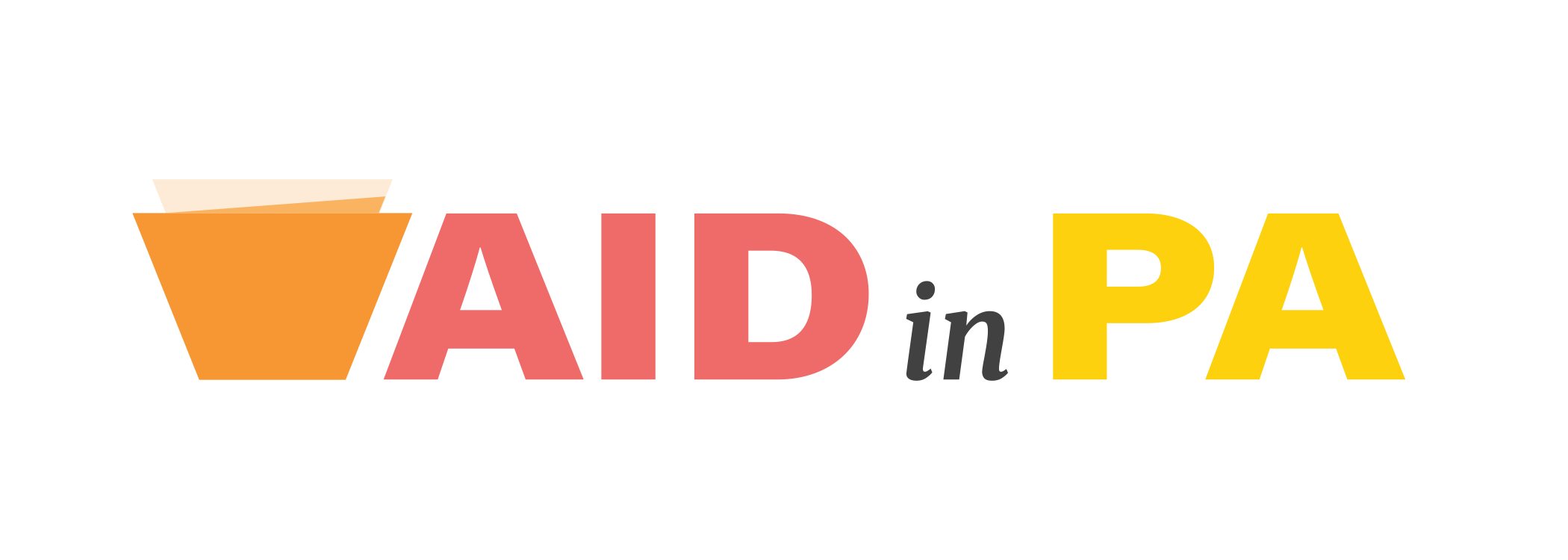Positive Approaches Journal, Volume 10, Issue 4
Positive Approaches Journal | 8-12

Volume 10 ► Issue 4 ► February 2022
Data Discoveries
The goal of Data Discoveries is to present useful data using new methods and platforms that can be customized.
Positive Behavioral
Supports (PBS) include a series of strategies for supporting individuals to
improve quality of life and decrease challenging behaviors through
evidence-based methods. PBS can be used in a variety of contexts like schools,
homes, and communities.1 While often described and implemented in
disability populations like those with developmental disabilities or autism
spectrum disorder (ASD)2,2 PBS has been used
in a wide array of populations including those with childhood obesity3 and an acquired
brain injury.4,5 One of the core principles of PBS is
the Assessment of Contexts and Functions.6 Assessment is
critical in PBS to track patterns in when, how, and within what context(s) a
behavior occurs to implement appropriate supports to improve individual quality
of life. Assessments can take many forms in PBS including “…record reviews,
interviews, and observations”.6 A Functional
Behavior Assessment (FBA) is one example of a process that can gather and
measure data surrounding a behavior that is occurring and identify variables
that may be impacting the cause and effect of the behavior.7 The goal of an
FBA as part of PBS is to assess and replace challenging behaviors.
Pennsylvania, through efforts of the Office of Developmental Programs (ODP), has
been propelling strategies to support providers, across the service system and
lifespan, in execution of FBAs as well as the development of a treatment or
behavior support plan that can be used across settings through an FBA training.
The ODP FBA training has been delivered in-person and via a DVD and has
recently been upgraded to be an interactive, self-paced module online format
that is widely accessible through the MyODP web platform.
The data dashboard below shows information about PBS and FBAs from several data sources. The first tab, ‘Positive Behavioral Supports in Publications’ shows the use of PBS in various populations that have been published in academic, peer-reviewed journals through a search of scholarly journal databases for the phrase “positive behavior supports”. Click on a circle and you will be directed to the full text of the PBS articles. The size of the circle represents the number of other research articles citing that article, which is sometimes referred to as the impact of the article (e.g, the bigger the circle, the more impact or the more others have cited the article). To learn more about implementation of FBA training and practice in in Pennsylvania, click on: ‘FBA Training in Pennsylvania Over Time’ to view a timeline of training in FBA delivered in Pennsylvania by ODP FBA training. You can also learn about ‘Provider Perceptions of FBAs’ to view responses to a 2017 survey conducted by ODP and the Autism Services, Education, Resources, & Training Collaborative (ASERT) to gather opinions and perspectives about the ODP FBA training content and process. Use the filters to view responses by provider type, role function, and ages of individuals supported.
Conclusion
For more resources and training to learn more about PBS, visit the Home and Community Positive Behavior Support Network (HCPBS) website (www.hcpbs.org/). HCBPS is a clearinghouse of resources, webinars, literature, and other information focused on the application of PBS in home and community-based settings. For more information about the web based ODP FBA training, visit: https://www.myodp.org/enrol/index.php?id=1644. For more resources about FBAs from ASERT visit: https://paautism.org/resource/functional-behavioral-assessment-student-education/.
References
1. Hieneman M. Positive Behavior Support for Individuals with Behavior Challenges. Behavior Analysis in Practice. 2015;8(1):101-108. doi:10.1007/s40617-015-0051-6
2. Horner RH, Dunlap G, Koegel RL, et al. Toward a Technology of “Nonaversive” Behavioral Support. Research and Practice for Persons with Severe Disabilities. 2005;30(1):3-10. doi:10.2511/rpsd.30.1.3
3. Smith JD, St. George SM, Prado G. Family-Centered Positive Behavior Support Interventions in Early Childhood To Prevent Obesity. Child Development. 2017;88(2):427-435. doi:10.1111/cdev.12738
4. Todd A, Horner HR, Vanater S, Schneider C. Working together to make change: An example of positive behavioral support for a student with traumatic brain injury. Education & treatment of children. 1997;20(4):425.
5. Gardner RM, Bird FL, Maguire H, Carreiro R, Abenaim N. Intensive Positive Behavior Supports for Adolescents with Acquired Brain Injury. Journal of Head Trauma Rehabilitation. 2003;18(1):52-74. doi:10.1097/00001199-200301000-00007
6. What is Positive Behavior Support? Home and Community Positive Behavior Support Network (HCPBS). Accessed February 10, 2022. https://hcpbs.org/what-is-positive-behavior-support/
7. Shriver MD, Anderson CM, Proctor B. Evaluating
the Validity of Functional Behavior Assessment. School Psychology
Review. 2001;30(2):180-192. doi:10.1080/02796015.2001.12086108




